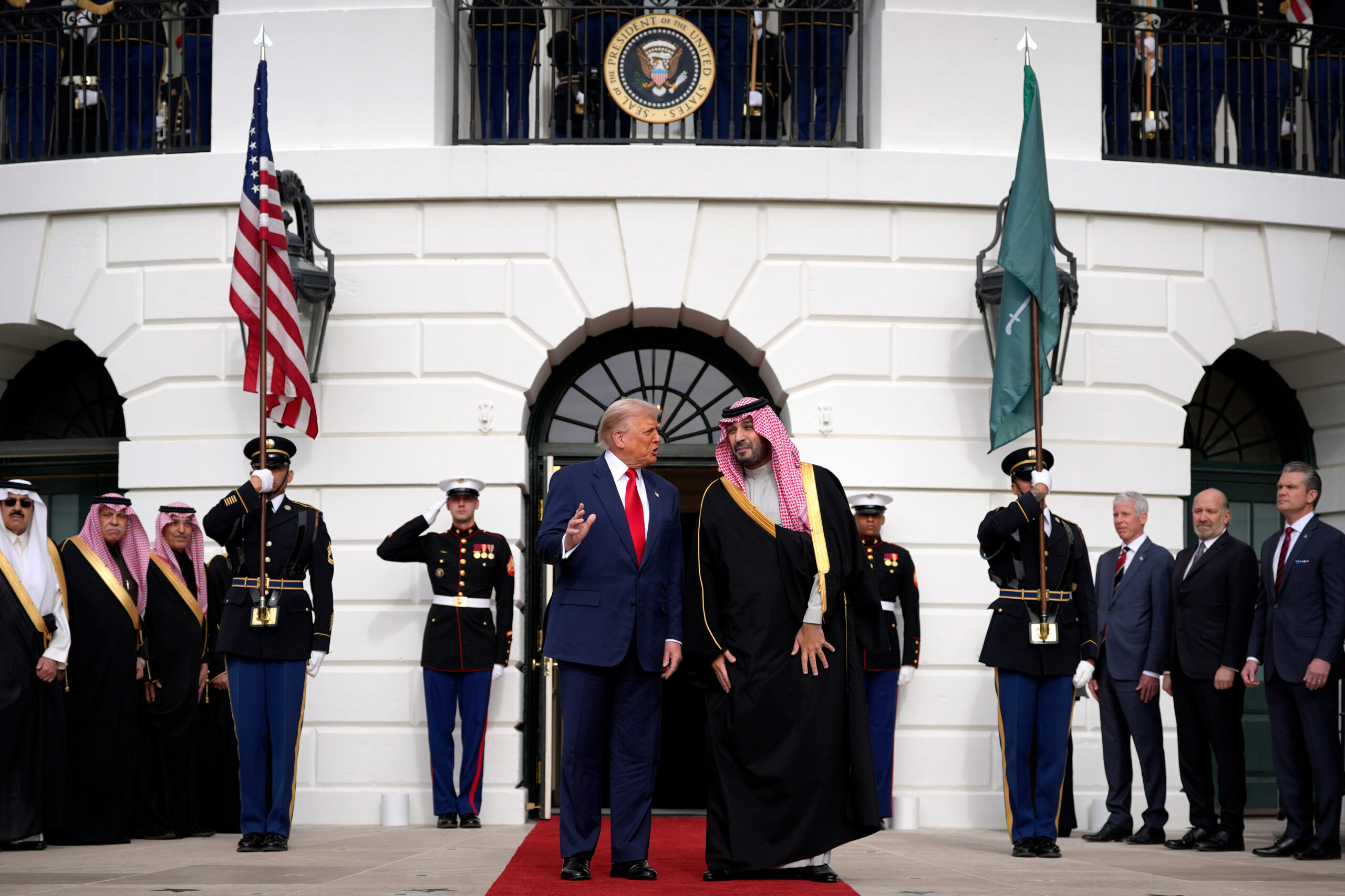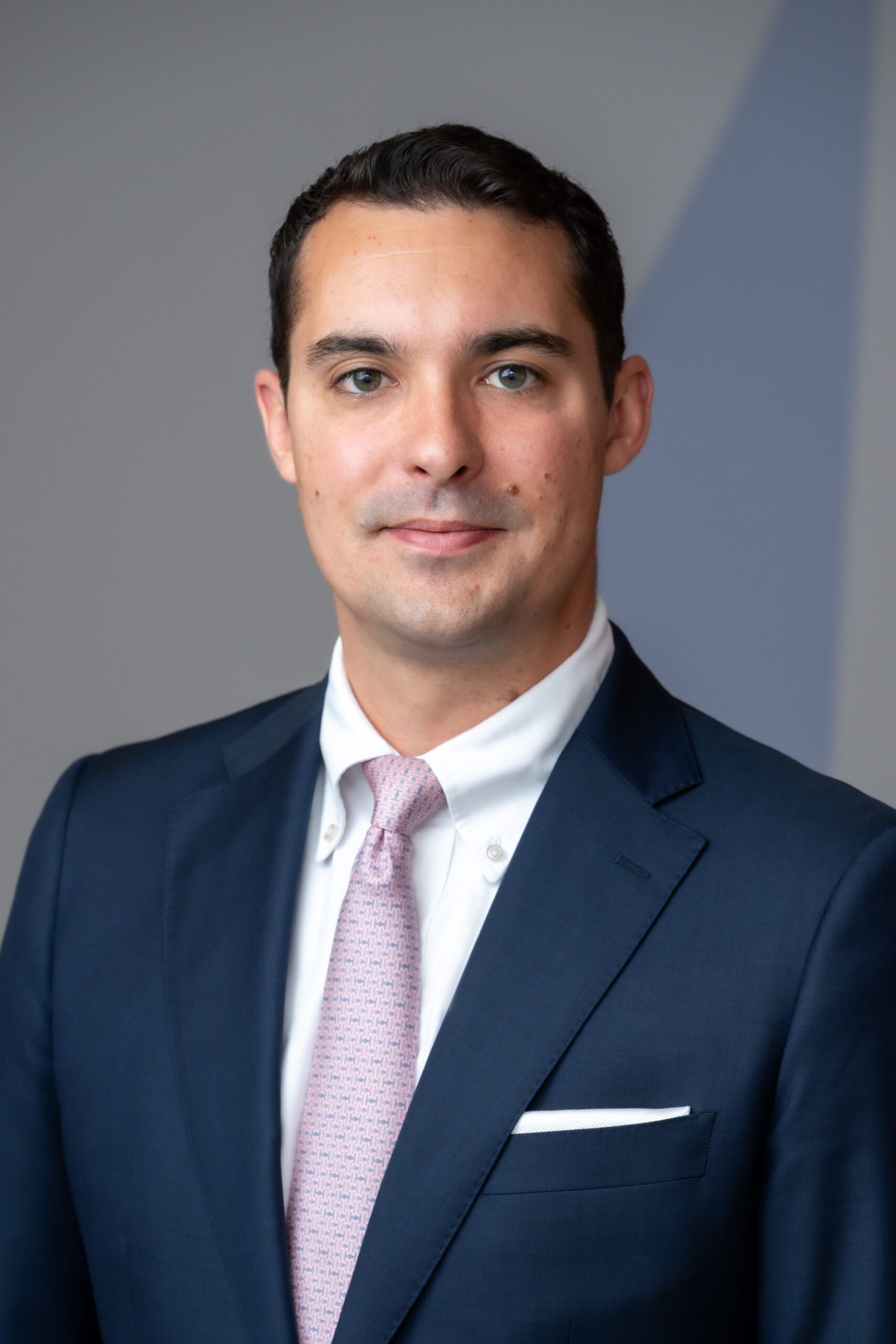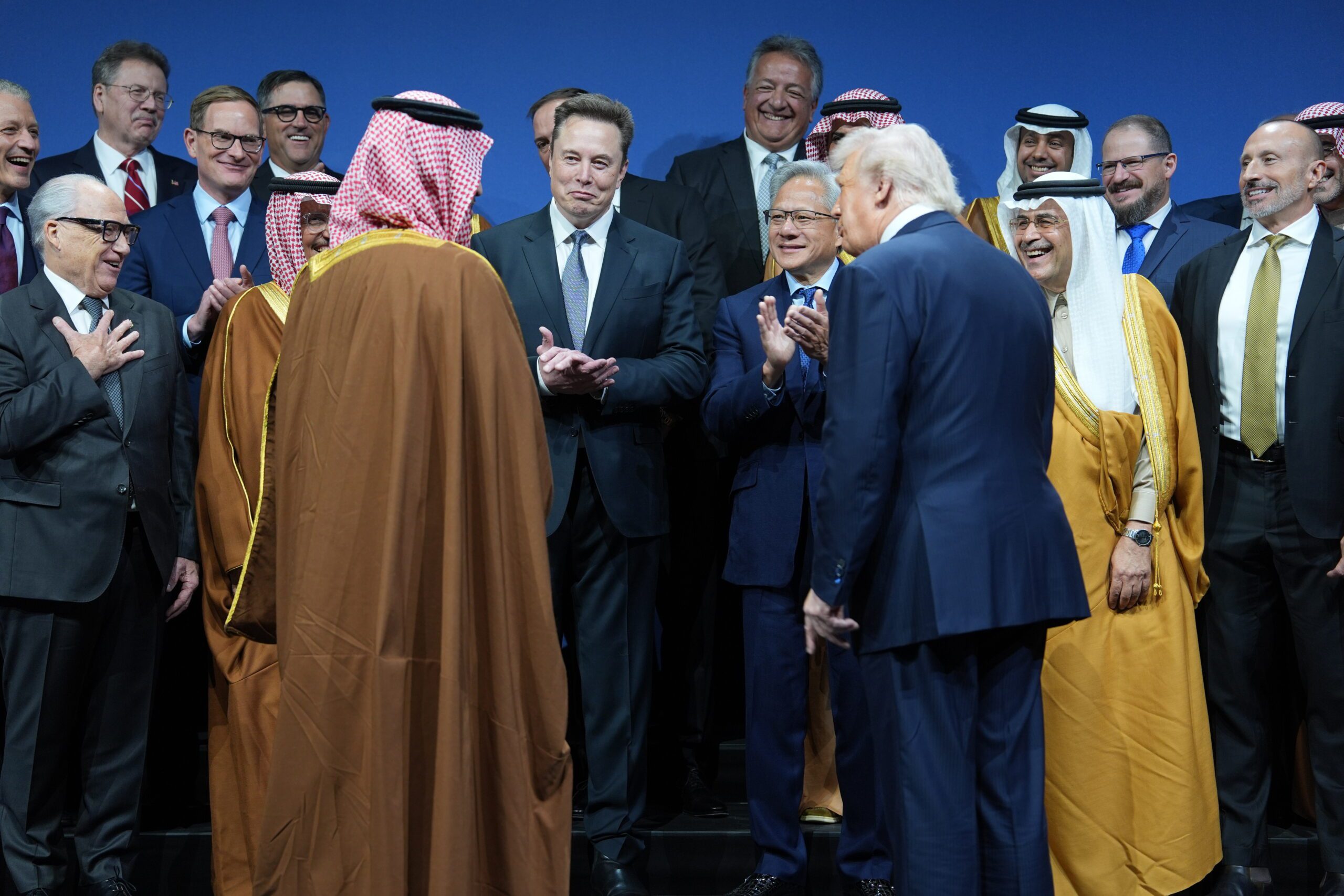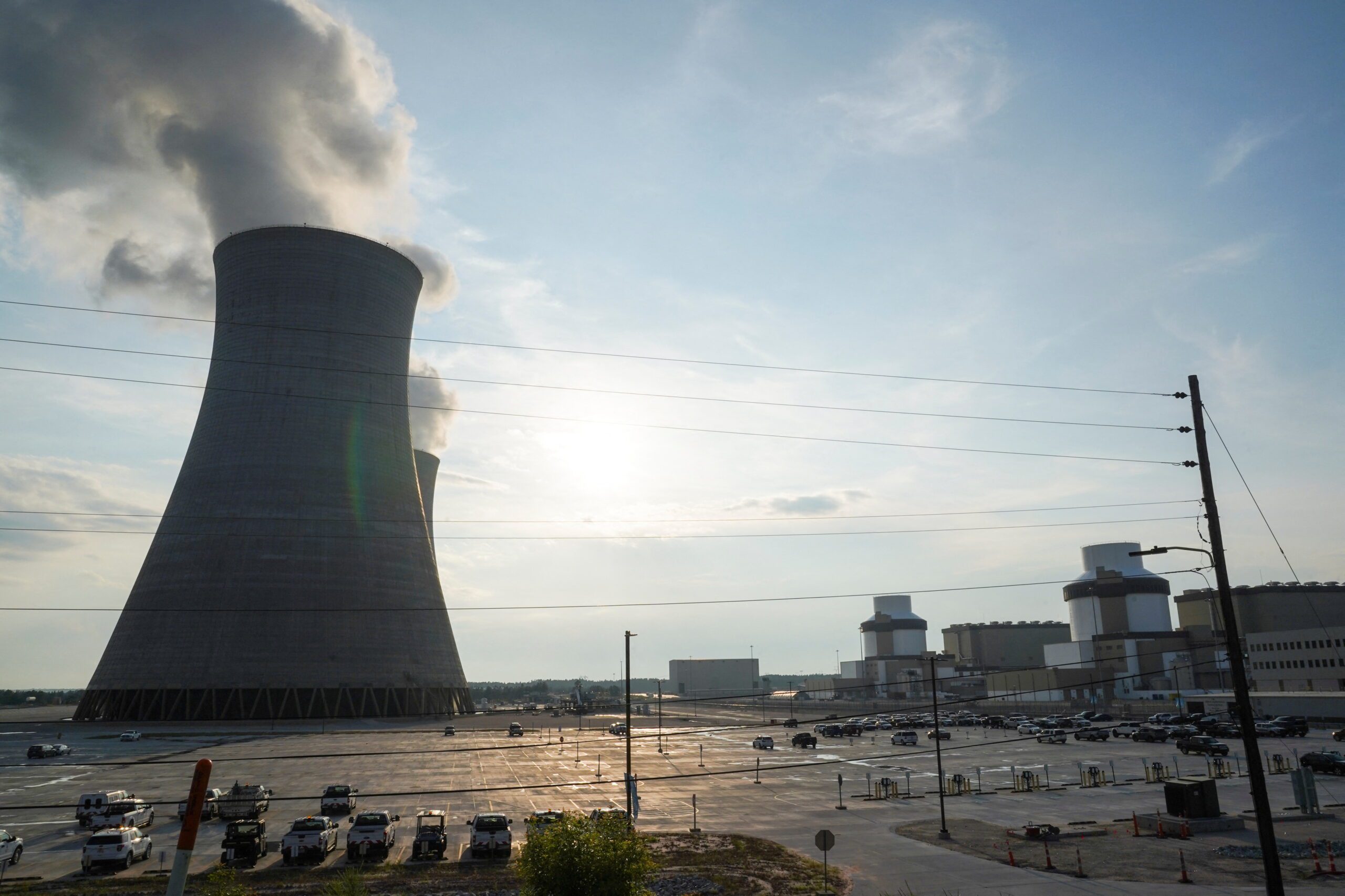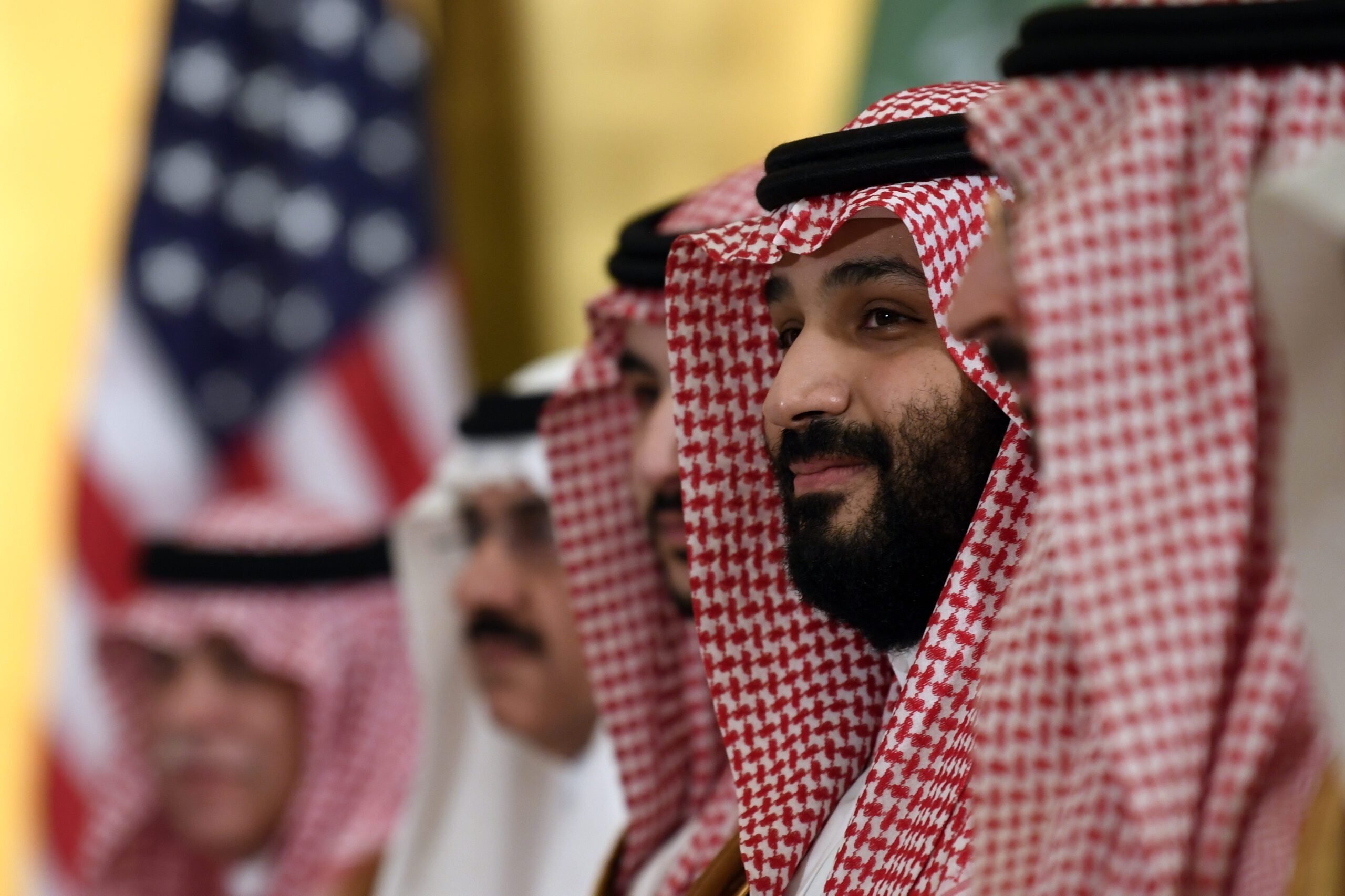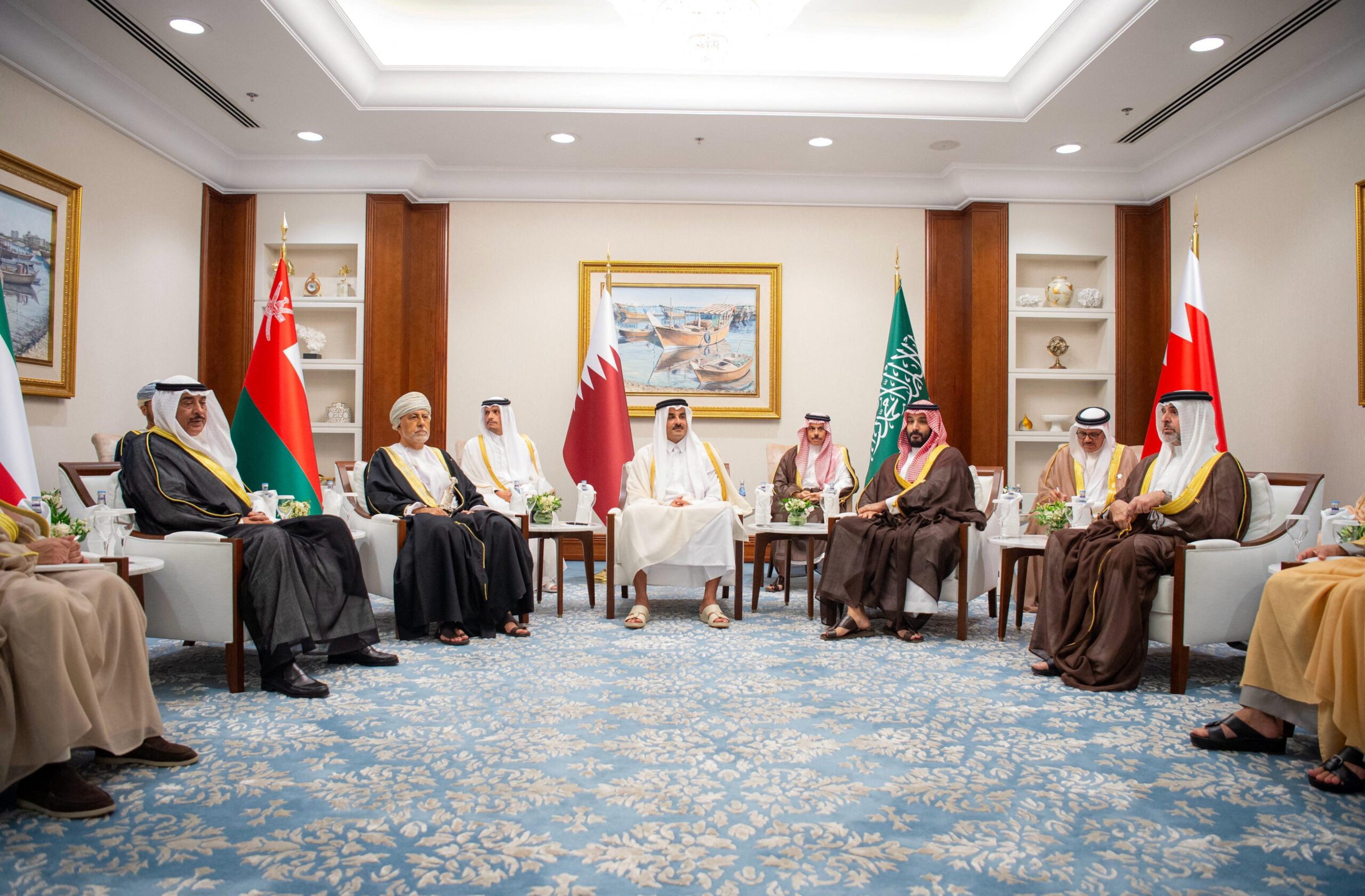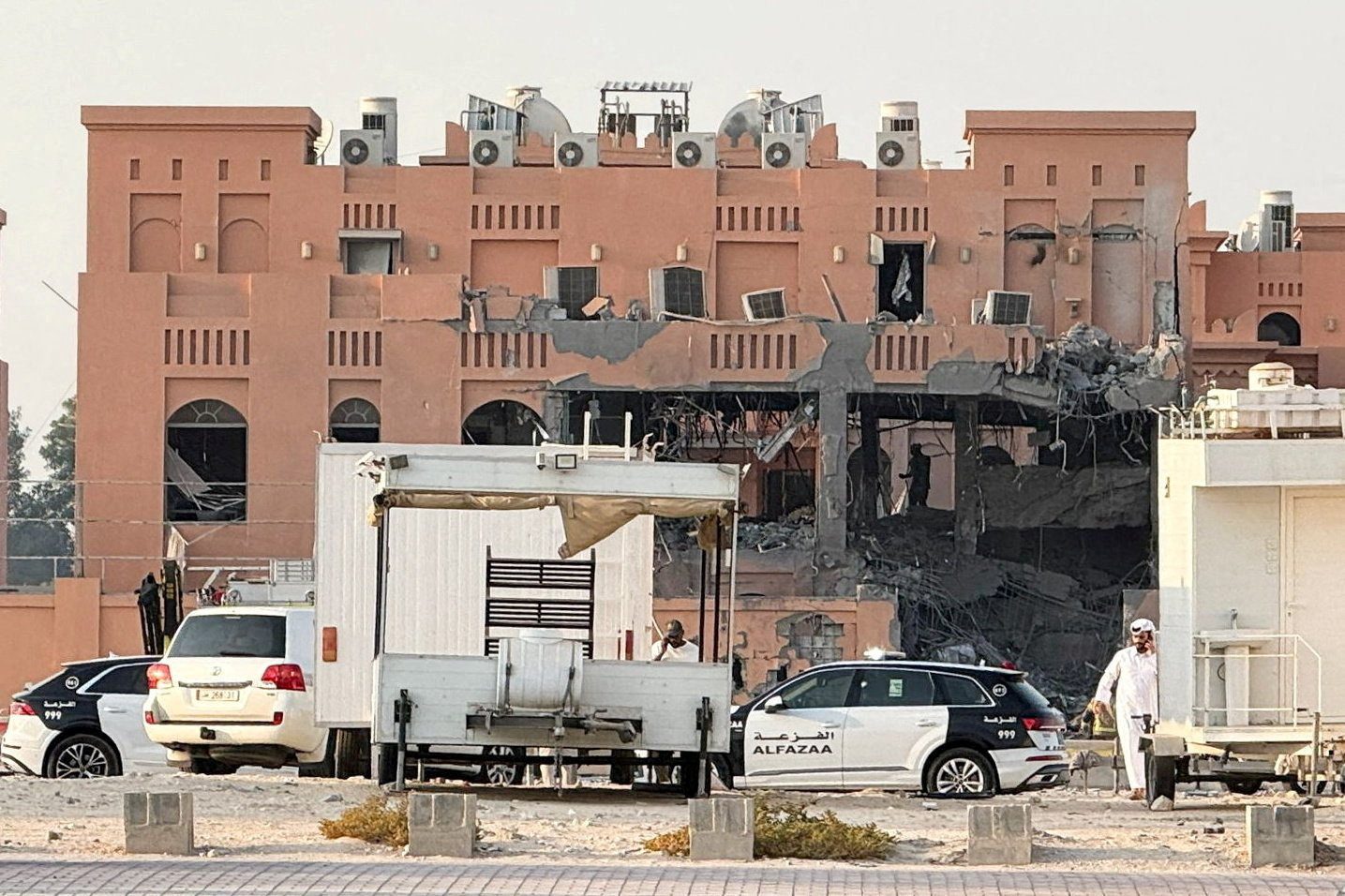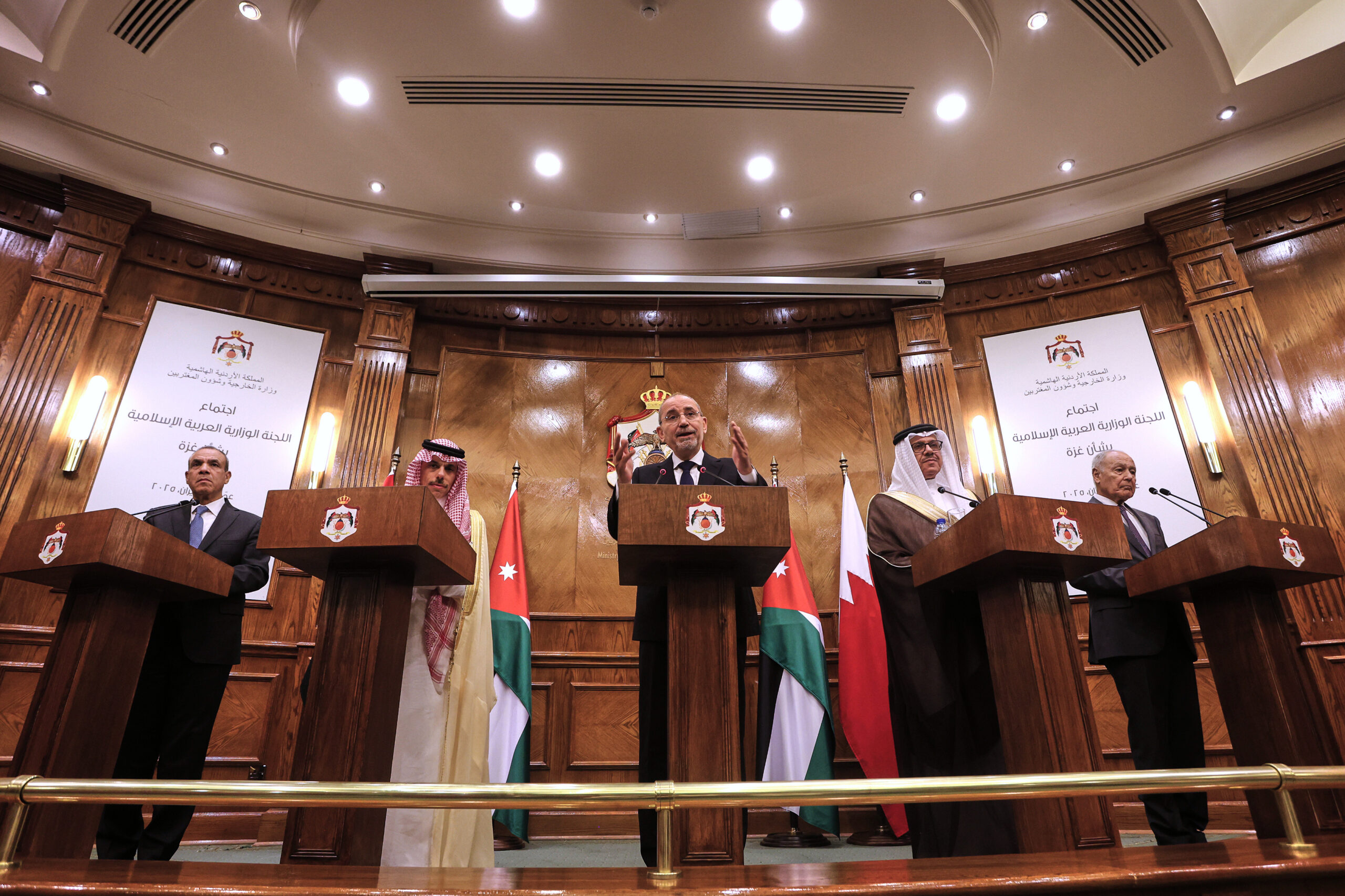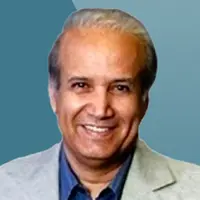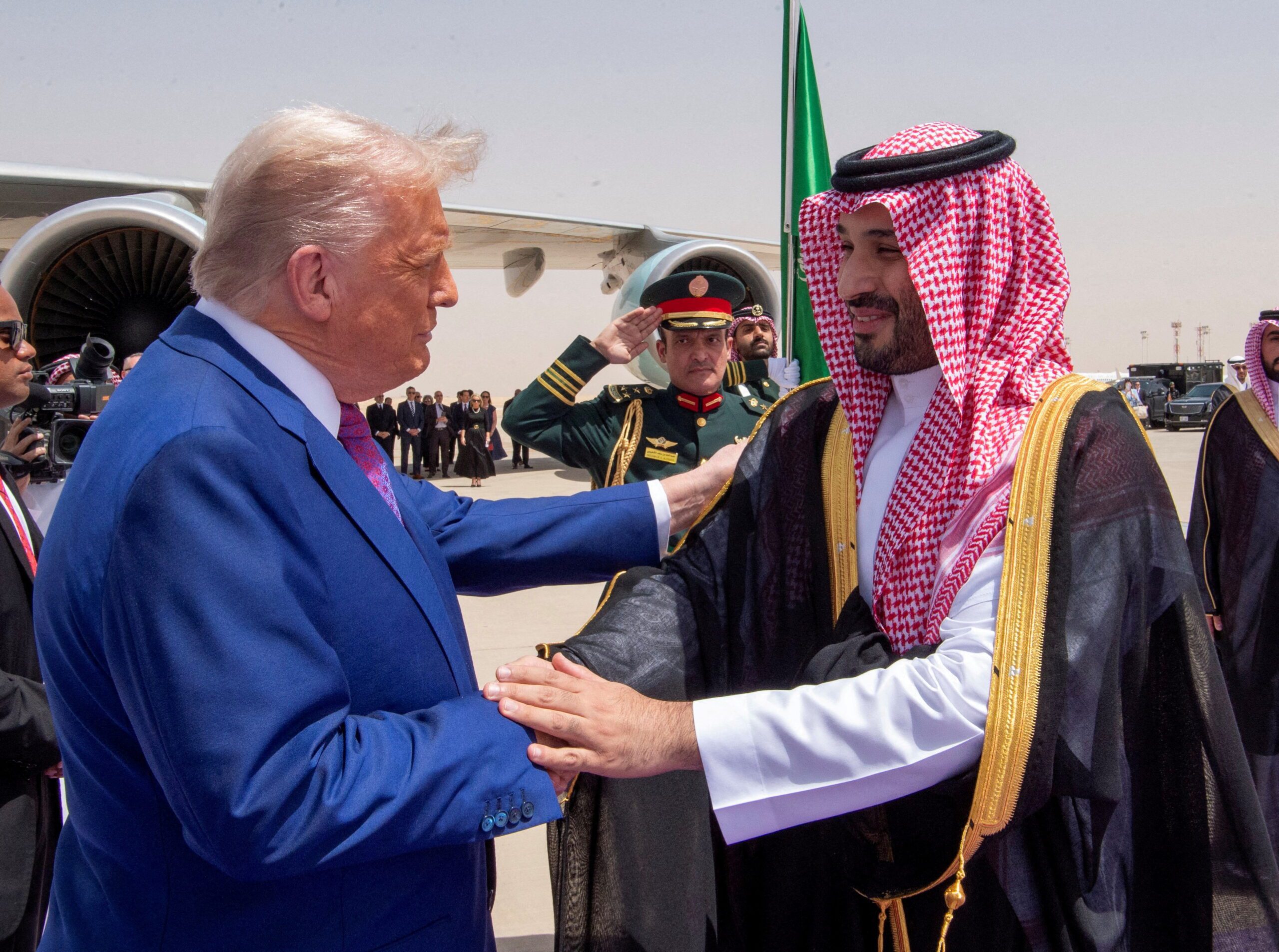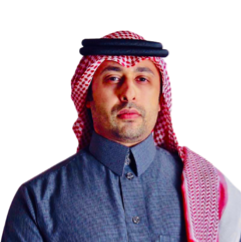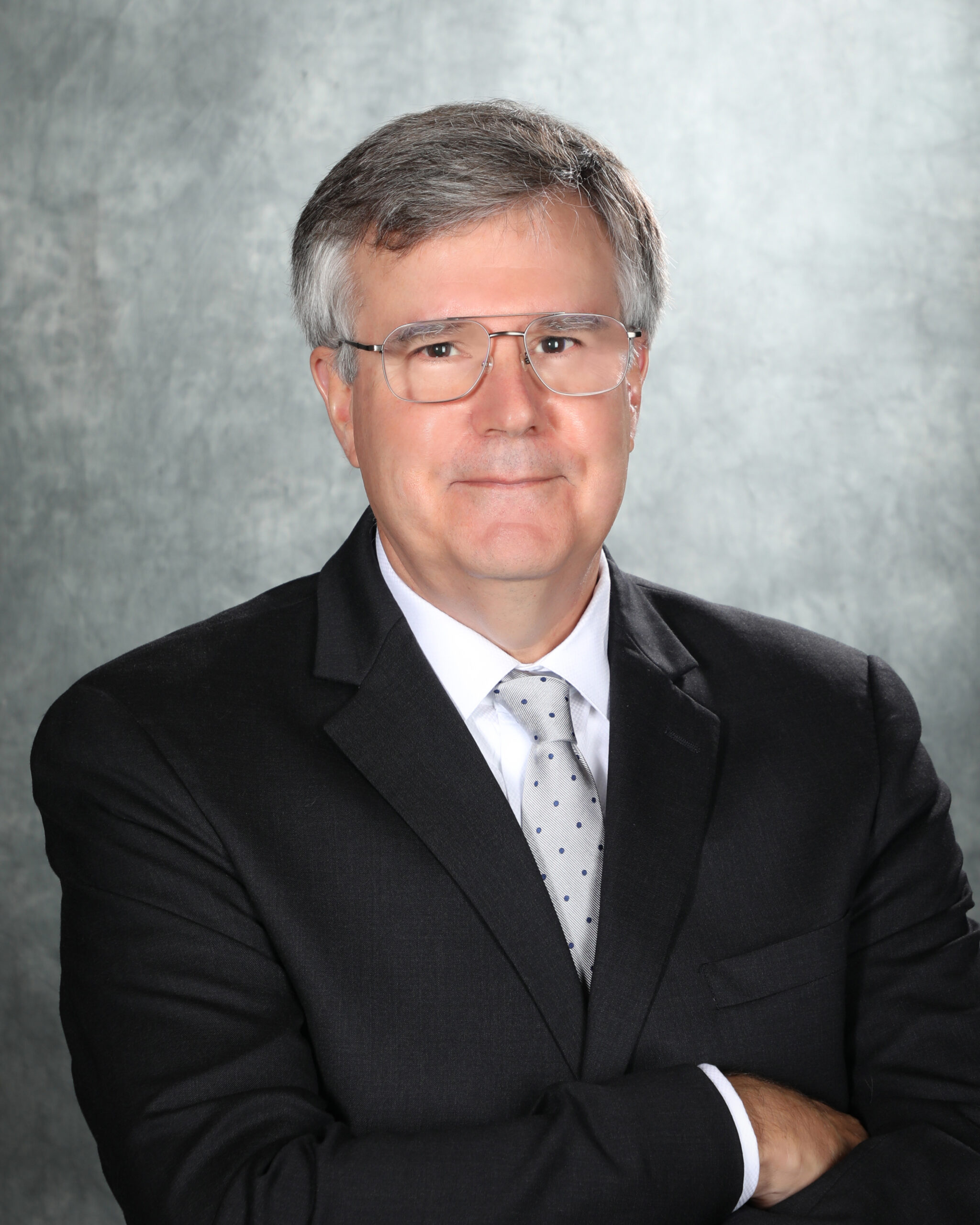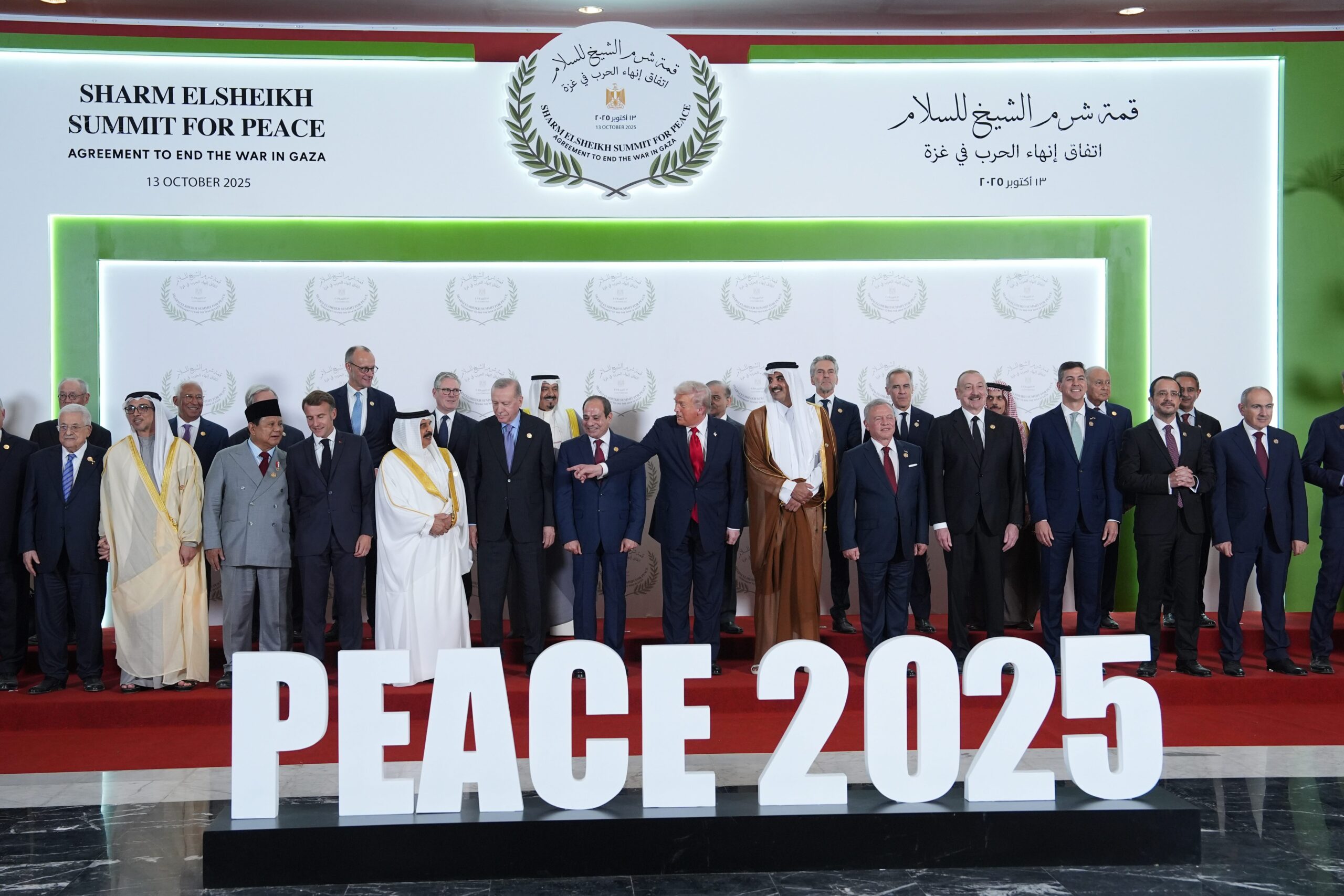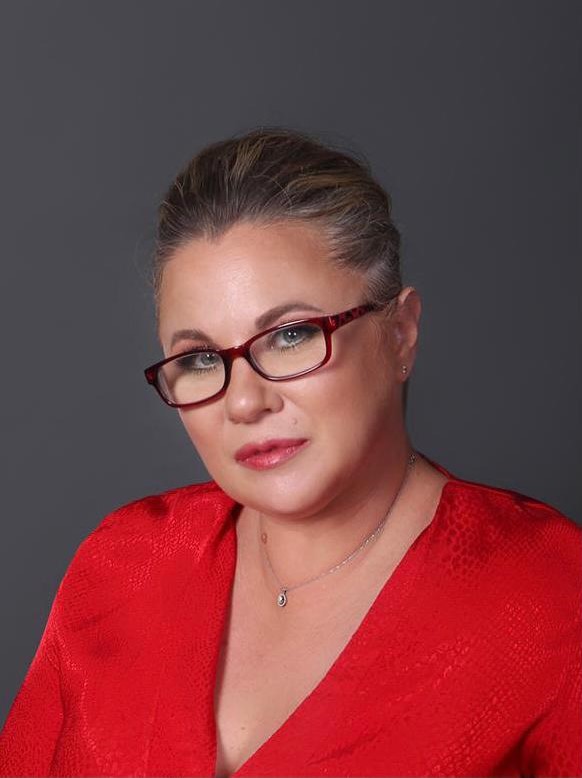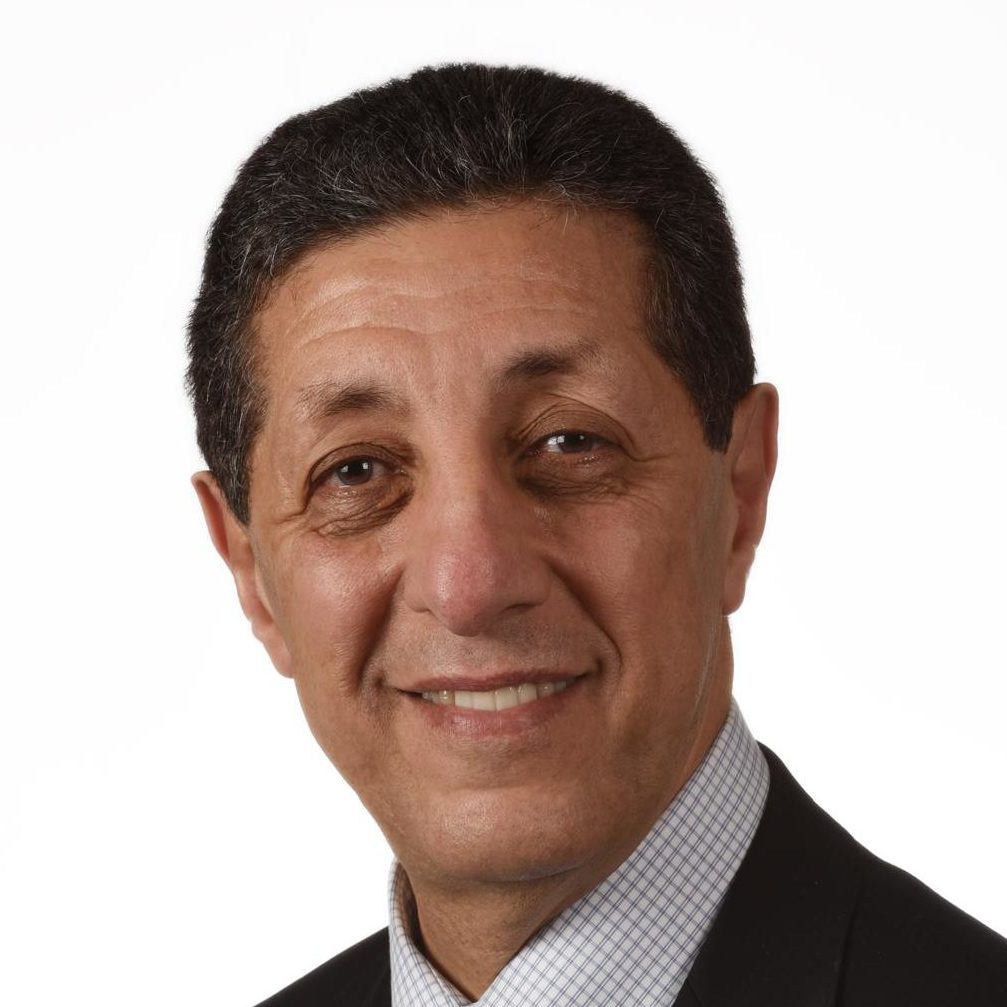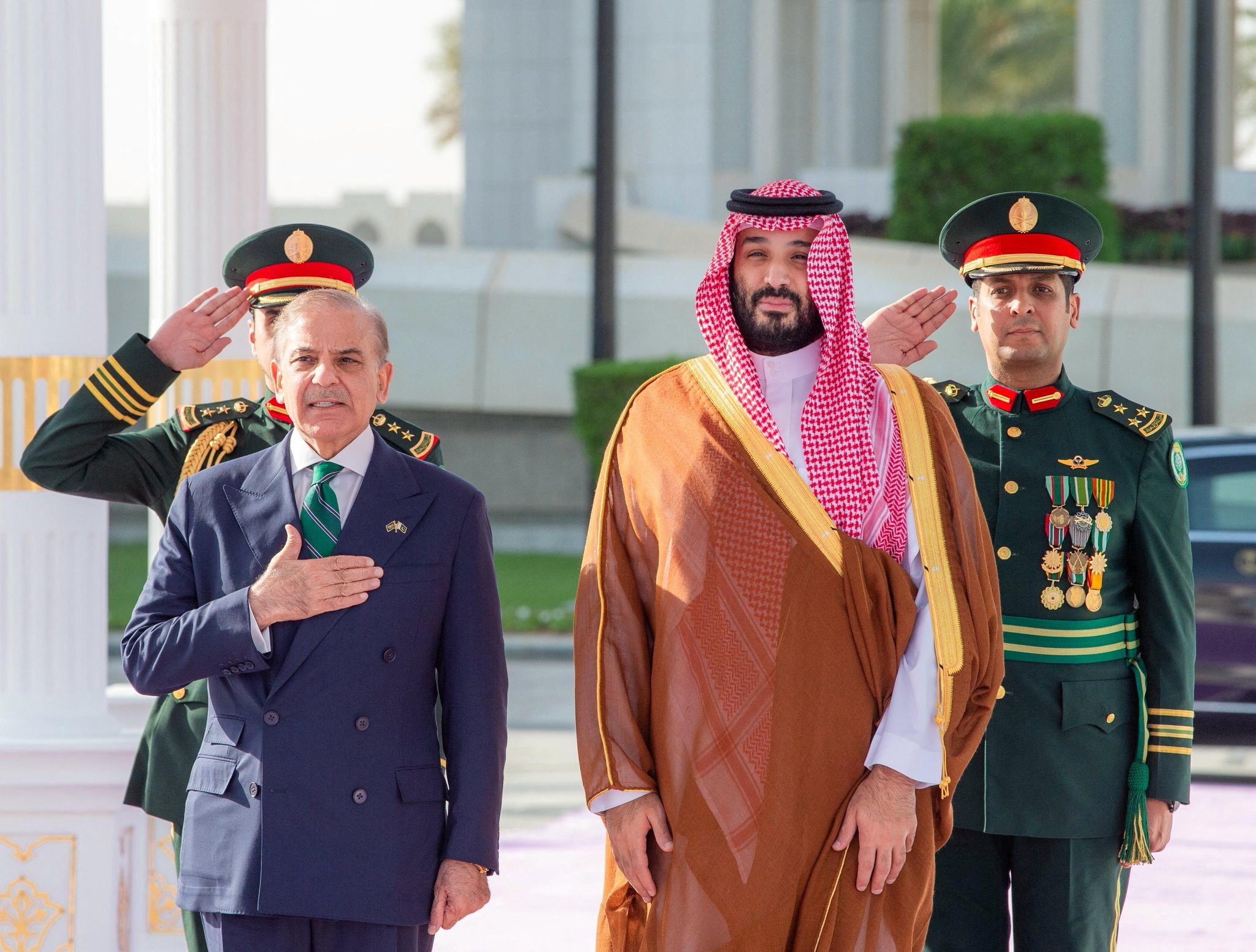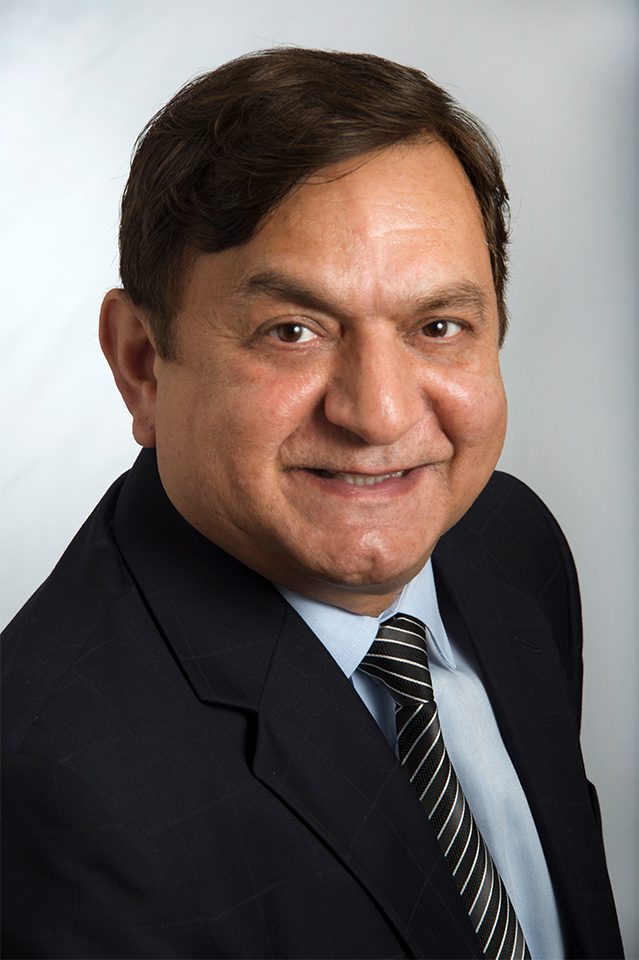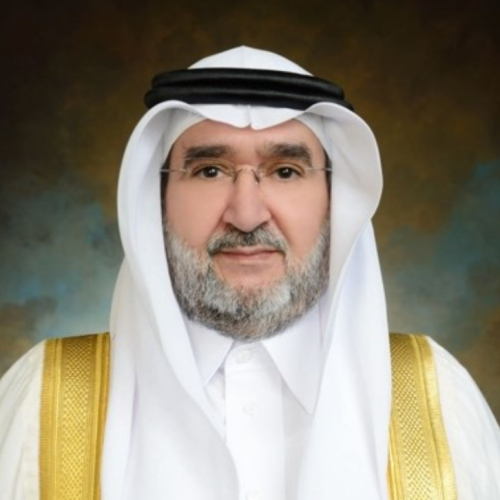Gulf Arab States Should Seize Opportunity Presented by Iraqi Protests
Iraqi social and economic grievances open possibilities for positive Gulf Arab engagement and investment.
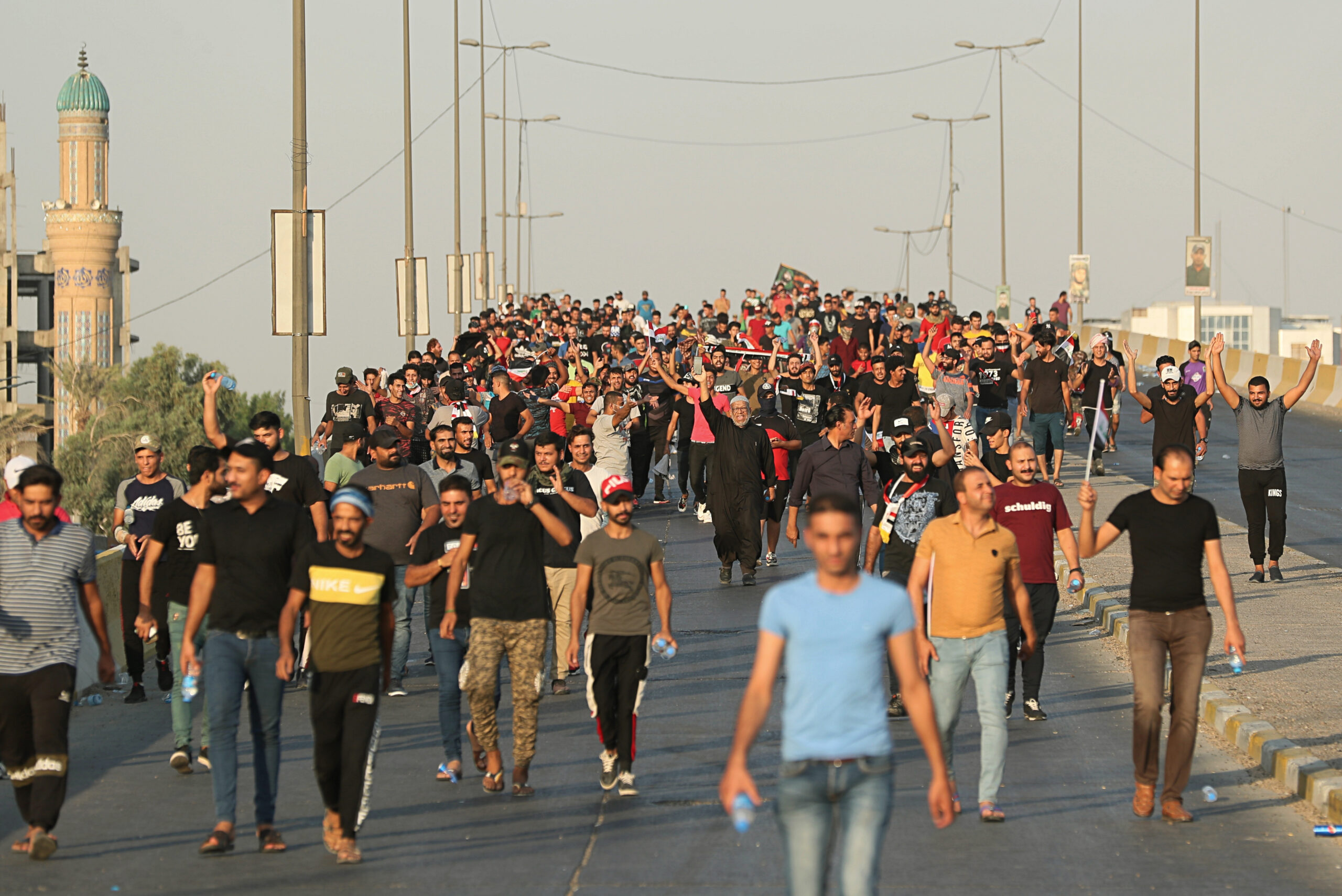
Since the beginning of October, Iraq has been rocked by widespread protests and disturbances and an unprecedented violent crackdown from authorities. The uprising has been dominated by angry, alienated youths and has been largely confined to Shia-majority areas, including the capital Baghdad and other major cities such as Basra. As Iraq struggles to restore order and address the grievances that have fueled the demonstrations, all major internal and external players, including Iraq’s Gulf Arab neighbors, will be trying to make sense of the sudden conflagration and determine how to maneuver within the new environment to advance their interests.
This is complicated by the apparent spontaneity of the protests, which do not appear to have been organized by any specific political movement or guided by any major domestic or international political actor. The general grievances are easily understood. Iraq has a huge and growing youth population and high rates of unemployment along with inadequate education, health care, and other social services. Most expect to get a job in the corrupt state sector, but the applicants far outstrip the supply of new positions, many of which are doled out based on relationships, not qualifications. The country remains a very fragile state, as the government struggles to perform the most basic functions.
Youth without jobs, prospects, or hope for the future apparently ran out of patience with the authorities. The lack of basic services, including electricity and water, fueled large similar protests in Basra in the summer of 2018. In some ways the recent demonstrations appear to be an extension and amplification of those protests, but on a much broader set of themes and spread throughout much more of the country. However, these protests were very much an Iraqi Shia phenomenon. Similar protests did not erupt in the Sunni-majority areas in western Iraq, which are still struggling to recover from the era of rule by the Islamic State in Iraq and the Levant and in many cases remain under a kind of military occupation by government or Popular Mobilization Forces troops. The population in the Kurdish northern areas have essentially a different society, economy, and government than the rest of Iraq and they also have not participated in the current unrest.
While it is hard to read a coherent and united political intention, if any, on the part of the protesters, two major targets are clear. This uprising has been aimed at the Shia political leadership in the country. The government, led by Prime Minister Adel Abdul Mahdi since October 2018, immediately came under enormous pressure from his own largely Shia constituency to more effectively combat corruption and deliver services to the public. But there was also a clear undercurrent of anger against pro-Iranian forces that tend to dominate much of political, social, and religious life of Iraqi Shias in the post-Saddam Hussein era and are often connected to the local militias that run day-to-day affairs in many neighborhoods and villages. Protesters have expressed anger against the corruption of these groups, which often shake down businesses, logistics shipments, and even average travelers. While the protesters have not explicitly called out Iranian interference, they have attacked the local militias that act to help Iran implement its strategic objectives across the country in addition to their profound dissatisfaction with the government and its failings.
What’s most extraordinary is the violence and intensity of the crackdown against the disturbances. More than 100 people have reportedly been killed, although the actual figure may be higher, and thousands have been injured in efforts by the authorities to suppress the protests. Authorities also shut down the Internet in much of the country for several days, instituted wide-ranging curfews, and disrupted apps such as Facebook, Twitter, WhatsApp, and Instagram, among others. On October 7, the Iraqi military admitted that security forces had used “excessive force” against the demonstrators. Nonetheless, the government – and, according to many accounts, also pro-Iranian Shia militias, some of which now have quasi-official status and are being transitioned into the national security forces in a manner that is still being contested and negotiated – responded with an unusual degree of alarm, ruthlessness, and determination.
Even though some of the public anger appears to have been directed against them, pro-Iranian militias and political forces have been trying to leverage the disturbances to their benefit. They were never fully comfortable with the leadership of Abdul Mahdi, a compromise prime minister after an indecisive election, who they feel is insufficiently supportive of their more sectarian and often pro-Iranian agenda. Indeed, Abdul Mahdi has maintained good relations with the United States and Gulf countries like Saudi Arabia and Kuwait and appears to be trying to steer Iraq toward a more neutral path.
Abdul Mahdi has been seeking to incorporate the Popular Mobilization Forces into state structures to prevent them from maintaining independent decision-making authority and turning, in effect, into an Iraqi version of Hezbollah. The Popular Mobilization Forces, particularly those who have received Iranian support and their sectarian political allies, would prefer to see someone else, such as former Transportation Minister and militia commander Hadi al-Amiri, as prime minister to secure their interests. These interests include protecting the independence of the groups from the authority of the national government even as they become quasi-official or official organs of the state.
This is all happening against the backdrop of the U.S. “maximum pressure” campaign of sanctions against Iran and Tehran’s counteroffensive of “maximum resistance,” including military provocations in the Gulf region, most dramatically the September 14 attacks on Saudi oil facilities. Under a generalized campaign of pressure, Iran’s regional influence and proxies, especially quasi-state armed militia groups like the Popular Mobilization Forces, are among its main assets. The maximum pressure campaign has also forced Iran to reduce its financial support to proxies in Iraq, causing them to expand extortion and other criminal activities to continue to fund their operations. The strong influence Tehran has developed in much of Iraq following the 2003 U.S. invasion and overthrow of Saddam Hussein is critical to Iran’s regional clout, especially its access to and presence in Syria. Anything that threatens Iran’s position in Iraq under the current circumstances qualifies as a nightmare from Tehran’s perspective.
So, for Iran and its Iraqi Shia allies, these disturbances pose a challenge, particularly insofar as they point to Iraqi Shia public opinion growing ever more concerned about the militias’ mafia-like tactics and skeptical of their loyalty to Iraq. This may account for much of the brutality of the response to the protests. Yet it is also an opportunity for sectarian Shias to push back against a government that is insufficiently sympathetic to their communal interests and attempt to either press it to be more cooperative or replace it with another government that will be more closely aligned with the sectarian Shia parties. Thus far, the government has responded only with a promise of more jobs, some stipends, and a reshuffle on the margins of the Cabinet.
This pressure on Abdul Mahdi is alarming from an Arab and U.S. point of view, since these powers are unlikely to have a more receptive prime minister emerge from the current Iraqi political milieu. However, the evident growth of anti-militia sentiment among Iraqi Shias, especially the youth, and the fact that the protests are aimed primarily at the leadership of Shia-majority Iraq present a potential significant opportunity to promote independent Iraqi nationalism and an Iraqi Shia ethos that emphasizes Iraq’s historical role as the center of Shia Islam, its regional role, and its Arab character. The need and opportunity to gain more of a foothold for Gulf Arab countries in Iraq and develop a more positive relationship with the Iraqi government has been evident since the resignation of the sectarian Iraqi Prime Minister Nuri al-Maliki in 2014. Yet Gulf Arab efforts have been fitful and insufficient, despite an ongoing opportunity for progress.
In recent days Iraq appears to be somewhat calmer, although the potential for more large protests is evident. What is also clear is that any party that is associated with the grim conditions that have given rise to the protests is not likely to benefit from the discontent. Since the grievances and demands of the protesters are largely related to economic injustice, lack of opportunities, corruption, government dysfunction, and lack of social services, any party that can demonstrate an ability to address these problems will likely benefit. Gulf Arab countries could profit from the conditions created by these disturbances, especially in Iraq’s mostly Shia south, by demonstrating their ability to help create economic opportunities, provide jobs, and foster hope, particularly among unemployed youth. Simply providing alternatives to the Iranian imports that dominate southern Iraqi markets could be seen as positive.
This is an ideal potential opening for projecting soft power, largely by financial means that are available to many Gulf Arab countries. In addition, there is an opportunity to promote greater trade and economic infrastructure between Iraq and Jordan, which was once Iraq’s largest regional trading partner (as opposed to Iran under current circumstances). A full reopening of the Amman to Baghdad highway, and the potential Basra-Aqaba oil pipeline, for example, would help to bind Iraq much more closely economically to the Arab world and deliver it much more economic independence from Tehran. It could also provide much-needed help to Jordan, which is struggling economically and also needs urgent attention.
Whether or not the protests flare up again, the underlying political, social, and economic realities they have exposed will remain. There is a significant opportunity here for Gulf Arab countries, and the United States, to encourage Iraqi Shias and the Iraqi government to view Iraq’s future through a broad regional prism, not primarily in close collaboration with Iran. The Iraqi protesters, and probably most Iraqis in general, are fed up with economic, social, and political dysfunction and seek answers and opportunities. Any outside party that can help provide those answers and opportunities through positive inducements, such as investments and targeted economic support, should be able to benefit politically, as well as economically. That plays to the strengths of the Gulf Arab countries. It is an opportunity they would be well advised not to squander.
The views represented herein are the author's or speaker's own and do not necessarily reflect the views of AGSI, its staff, or its board of directors.

